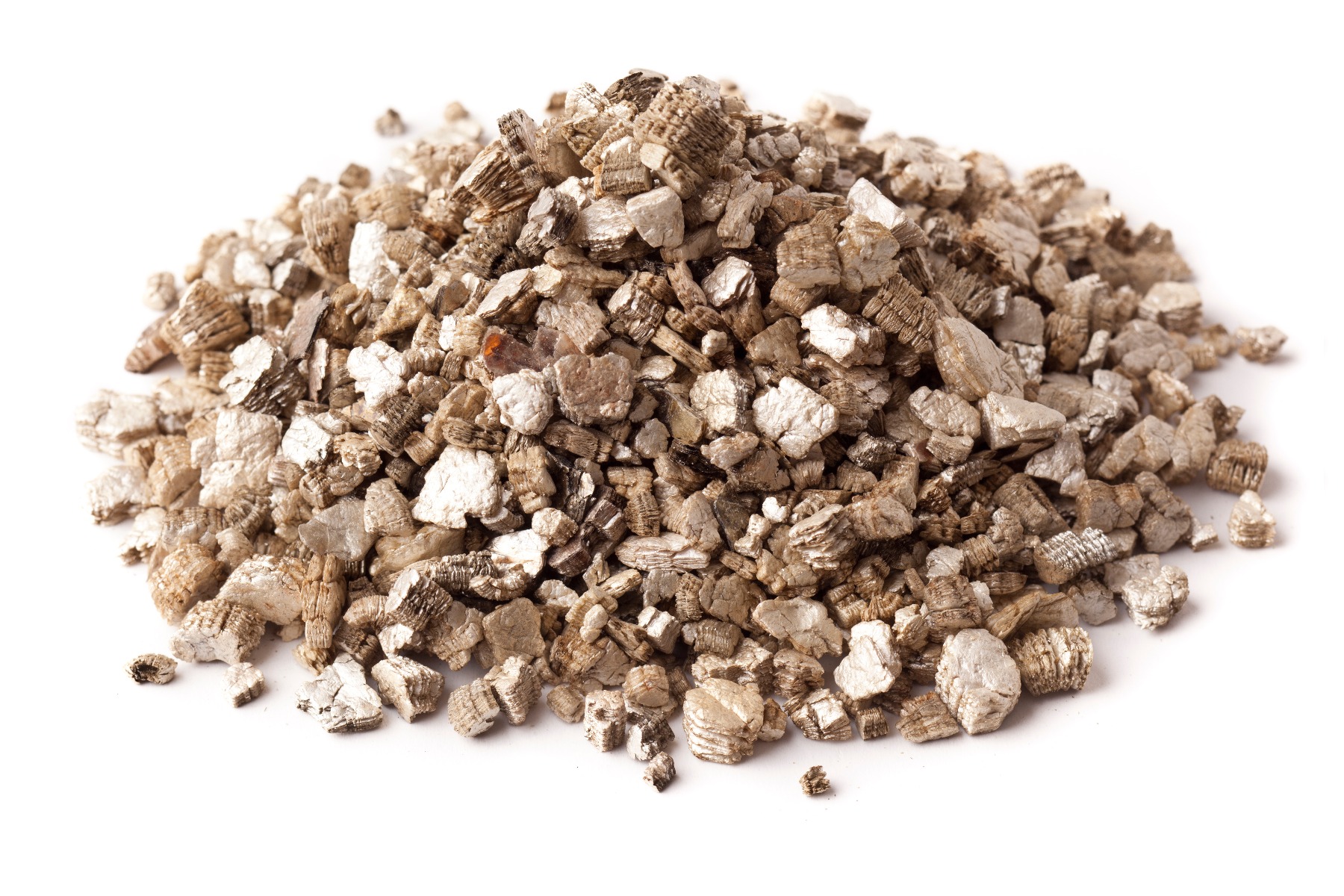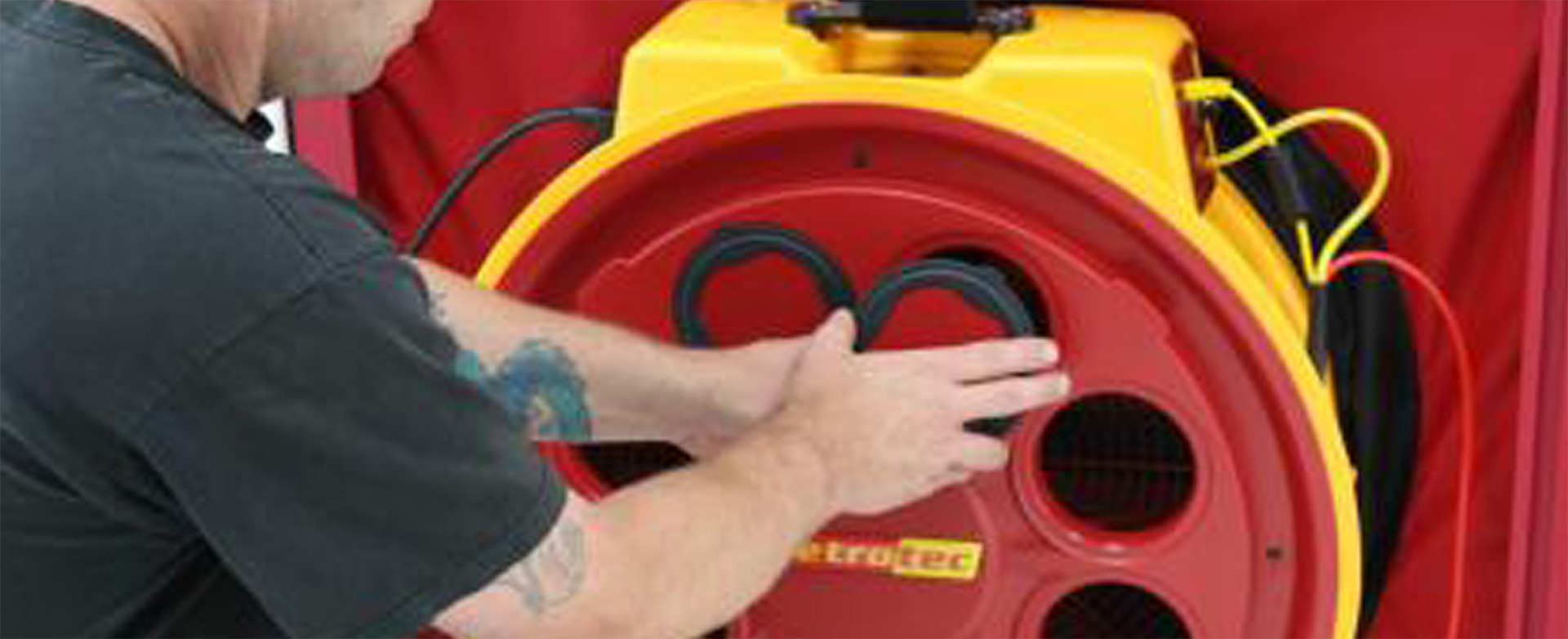Danger Zone
This is the 3rd installment of a monthly column from Ben Walker, Co-CEO of Retrotec. Ben's column focuses on observations on the art and science of high-performance building and home testing.
As many as 30 million U.S. homes may have loose-fill attic insulation made from asbestos-contaminated Zonolite. Here's how to determine if a home has it and what to do if it does.
In June I got the chance to attend the HabitatX conference in Bozeman, Montana (www.habitatx.com). If you want to be in a room with some of the brightest minds in the healthy home and building performance industries, do yourself a favor and check it out. Habitat X founder Chris Dorsi does a fantastic job hosting this conference each year in his home town and always has some surprises in store for participants.
I knew my next article would be about something that happened at the conference, but wasn't sure of the exact topic until the last day when I attended a presentation by Edward Cottingham of the Zonolite Attic Insulation Trust (zonoliteatticinsulation.com). I decided to Zonolite because I learned that this insulation poses a real health hazard—not just to homeowners but to home performance pros conducting blower door tests.

Zonolite is the trademarked name of a type of loose-fill, heat-expanded vermiculite insulation sold between the 1940s and 1990s that was manufactured by W.R. Grace & Company. Although no one knows exactly how much of this product is out there, Cottingham says that the estimates range from 1 to 30 million U.S. Homes. Most of the articles I've read cite the upper end of that range, since Zonolite commanded about 75 percent of the world Vermiculite insulation market during the decades it was being sold.
Unlike some other products, Zonolite was never meant to contain asbestos. However it was mined from Grace's asbestos-contaminated mine in Libby, Montana, a site the U.S. Environmental Protection Agency (EPA) has been working to clean up the for almost 20 years now.
Although most Zonolite has an asbestos content of less than 1%—which puts it below the EPA's threshold of an asbestos-containing material—it's still quite dangerous. According to asbestos.com the asbestos in Zonolite is an amphibole form known as tremolite which some studies suggest could be 10 times more dangerous than the white asbestos used by most manufacturers.
In addition, the lightweight insulation is completely friable; when disturbed it easily crumbles and produces a fine powder, so any asbestos that is present ends up in the air.
Testing and Cleanup
Despite more than two decades in the home performance industry I had never been made aware of this problem, and I believe that many other home performance pros don't know about it either.
Those who are aware often lack a good protocol for handling the stuff. One of my field trainers has since told me that some energy auditors advise performing blower tests on Vermiculite-insulated homes under positive rather than negative pressure, the assumption being that if it does contain Zonolite the dust won't get sucked into the living space.
THIS IS HORRIBLY BAD ADVICE. For one thing, no one can predict all the leakage pathways in any particular structure, and there's no guarantee that the dust won't find its way back into the living space even if you run the test under positive pressure. In fact I have since heard about one home where this happened and led to $100,000 asbestos remediation job. Do you really want that liability?
Even if you keep asbestos dust out of the house, a positive pressure test could still blow it to the outside. I am of the mind that you do not want to be circulating this stuff around in the air, period.
So what do you do if you arrive at a house and find that it has Vermiculite attic insulation? The answer is that you should leave the blower door in the truck until you get the insulation tested to determine if it's asbestos-contaminated Zonolite. But what if there's an empty bag in the attic that indicates the stuff is not Zonolite? In my opinion, an empty bag should carry the equivalent weight of hearsay testimony in a court case, which is to say none. You need irrefutable evidence and the only way to get that evidence is to have the insulation tested.
If the tests show that the home has Zonolite, you should refuse to perform a blower door test until it has been removed by an asbestos remediation professional.

Getting Financial Help
Yes, remediation can be expensive. Fortunately, help is available.
The Zonolite Attic Insulation Trust was formed in 2014, after W.R. Grace settled a class action lawsuit that included funding for remediation. The homeowner or contractor can send a sample to the Trust for testing. (Sampling instructions are on its website.) If remediation is required, the Trust will reimburse the homeowner for 55% of the abatement costs up to a maximum of $4,200. To date it has paid out roughly $14 million in claims.
By the way, if you do have to get the insulation removed, the bare attic provides a great opportunity to do some air sealing.
Quick Facts
From asbestos.com/products/zonolite-insulation/
- Zonolite is the trademarked name of a vermiculite attic insulation product sold between the 1940s and 1990s.
- From a distance, vermiculite insulation resembles pebbles or gravel, and it fades to a grey color over time.
- The product is very lightweight because vermiculite has the unique ability to be puffed out when heated, much like popcorn.
- Most Zonolite is contaminated with a highly toxic form of asbestos because of where the vermiculite was mined.




